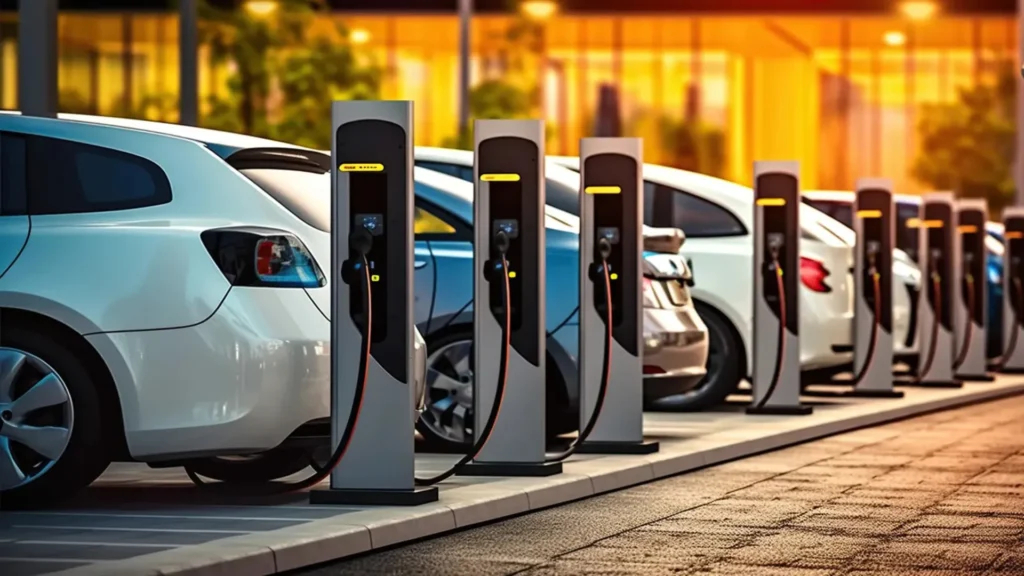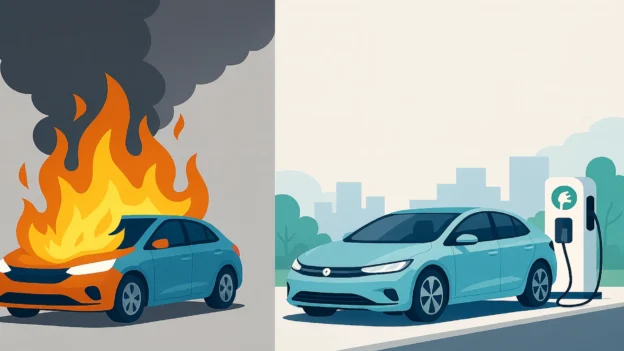Electric vehicles have gained popularity as a sustainable and efficient solution to the challenges of climate change. This boom is largely due to the growing global interest in reducing greenhouse gas emissions, combating climate change and improving air quality in cities. However, their adoption has not been without its critics, many of whom are unfounded and may distort public perception of their safety. A recurring theme in this debate is lithium battery fires, which are often exaggerated in the media.

Statistically, electric vehicles are much safer than their internal combustion counterparts. A 2020 study in the United States revealed that hybrid vehicles had 3,475 fires per 100,000 units sold; internal combustion vehicles (gasoline or diesel) had 1,530 fires per 100,000 units; while electric vehicles had only 25 fires per 100,000 units sold. These figures disprove the idea that electric vehicles are inherently more dangerous.
In addition, electric vehicle manufacturers are implementing strict battery safety standards and thermal management systems to mitigate risks. These technologies include automatic shutdown systems in case of overheating and the use of more fire-resistant materials. Special battery coatings are also used to provide additional protection in the event of an accident.
Despite these advances, incidents involving electric vehicles often grab the headlines. This is largely due to the novelty of the technology and the perception that it is not yet at a mature stage of development. The media often emphasize isolated cases, such as battery fires, and present them out of context, generating unnecessary alarm. In contrast, internal combustion vehicle fires, which are more frequent, rarely receive the same media attention.
This sensationalist approach can fuel fear and misinformation, hindering the transition to cleaner, more sustainable mobility. A more balanced and data-driven approach to informing the public about electric vehicles is certainly required from the media. The transition to electric vehicles is a necessary step to reduce greenhouse gas emissions and mitigate the effects of climate change. It is therefore critical that consumers, regulators and the media work together to combat misinformation and highlight the benefits of this technology.
There is no doubt that electric vehicles are a safe and reliable option, with a significantly lower fire risk than internal combustion vehicles. By taking an informed, evidence-based perspective, a faster transition to sustainable and safe mobility can be fostered.
This article was developed by Yolanda Villegas and published as part of the fourth edition of Inspenet Brief magazine December 2024, dedicated to technical content in the energy and industrial sector.

